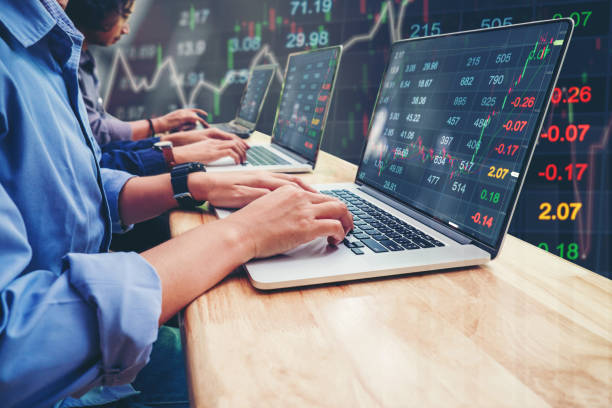Forex brokers play a pivotal role in facilitating trading activities for millions of investors across the globe. While the process may seem straightforward on the surface, there’s a complex mechanism behind how brokers handle your orders, ensuring smooth execution and a seamless trading experience. Understanding this workflow provides clarity and confidence for traders when engaging in the forex trade brokers market.
The Role of Forex Brokers in Order Handling
Forex brokers act as intermediaries between traders and the global foreign exchange market. Their primary responsibility is to process and execute orders from traders efficiently. When you decide to buy or sell a currency pair, your broker steps into action to ensure that your order is matched and executed at the best possible price. However, how exactly they handle these orders depends on their operational model.
Broadly speaking, there are two primary brokerage models commonly used in the forex market:
Dealing Desk (DD) Brokers
Dealing desk brokers, often referred to as “market makers,” manage orders in-house by creating their own liquidity. Essentially, when you place an order, the broker doesn’t necessarily send it to the interbank market but may fill it using their internal liquidity pool. They effectively act as counterparties to your trades, meaning that when you buy, they sell, and vice versa.
While this model allows brokers to provide competitive spreads and stable pricing, it’s important to note that execution may depend on the broker’s internal parameters. Dealing desk brokers excel in managing smaller orders and providing consistent liquidity.
No Dealing Desk (NDD) Brokers
On the other hand, No Dealing Desk brokers pass your order directly to liquidity providers, such as banks, financial institutions, or other traders, without internal interference. NDD brokers rely on advanced electronic communication networks (ECNs) or Straight Through Processing (STP) systems to match your orders with the best possible counterpart.
This model is praised for its transparency and access to broader market liquidity. Since orders are sent directly to the market, traders can benefit from dynamic pricing and faster execution speeds.
How Brokers Ensure Order Execution
Once a trader submits an order, a series of steps unfolds behind the scenes to execute it:
1. Order Transmission
When you submit a buy or sell order on your trading platform, it is immediately transmitted to the broker’s trading servers. Modern brokers utilize high-tech servers to ensure minimal latency, so your order arrives almost instantaneously.
2. Price Matching
Brokers work to secure the most favorable execution price by analyzing quotes from liquidity providers. Many brokers leverage AI algorithms and pricing technologies to ensure real-time updates and competitive pricing.
3. Order Confirmation
After the broker matches your order with a counterparty, the trade is confirmed, and the details reflect instantly in your trading account.
4. Execution Speed
Execution speed is a critical factor for traders, particularly in volatile markets. Brokers invest in low-latency networks and cutting-edge infrastructure to reduce delays and provide swift order fulfillment.
The Importance of Liquidity Providers
Liquidity providers are the backbone of the forex ecosystem. These are major financial institutions or banks that supply the currency pairs being traded. Trading via brokers that maintain strong relationships with reliable liquidity providers can result in tighter spreads and better execution quality for traders.
Enhancing Trader Experience with Technology
Modern forex brokers employ technological innovations to enhance their clients’ experiences. From offering flexible leverage options and real-time analytics to integrating advanced trading platforms like MetaTrader 4 or 5, brokers ensure traders have the tools they need to succeed.
Additionally, algorithms and machine learning have enabled brokers to offer personalized services, anticipate market trends, and provide tailored trading recommendations.
Achieving Seamless Trades
Understanding how forex brokers manage your orders demystifies a crucial part of the trading journey. Reliable brokers combine robust infrastructure, liquidity partnerships, and technological expertise to ensure seamless processing of orders. Whether through dealing desk or no dealing desk models, the ultimate goal is the same: delivering efficiency and competitive execution that meets traders’ needs.
